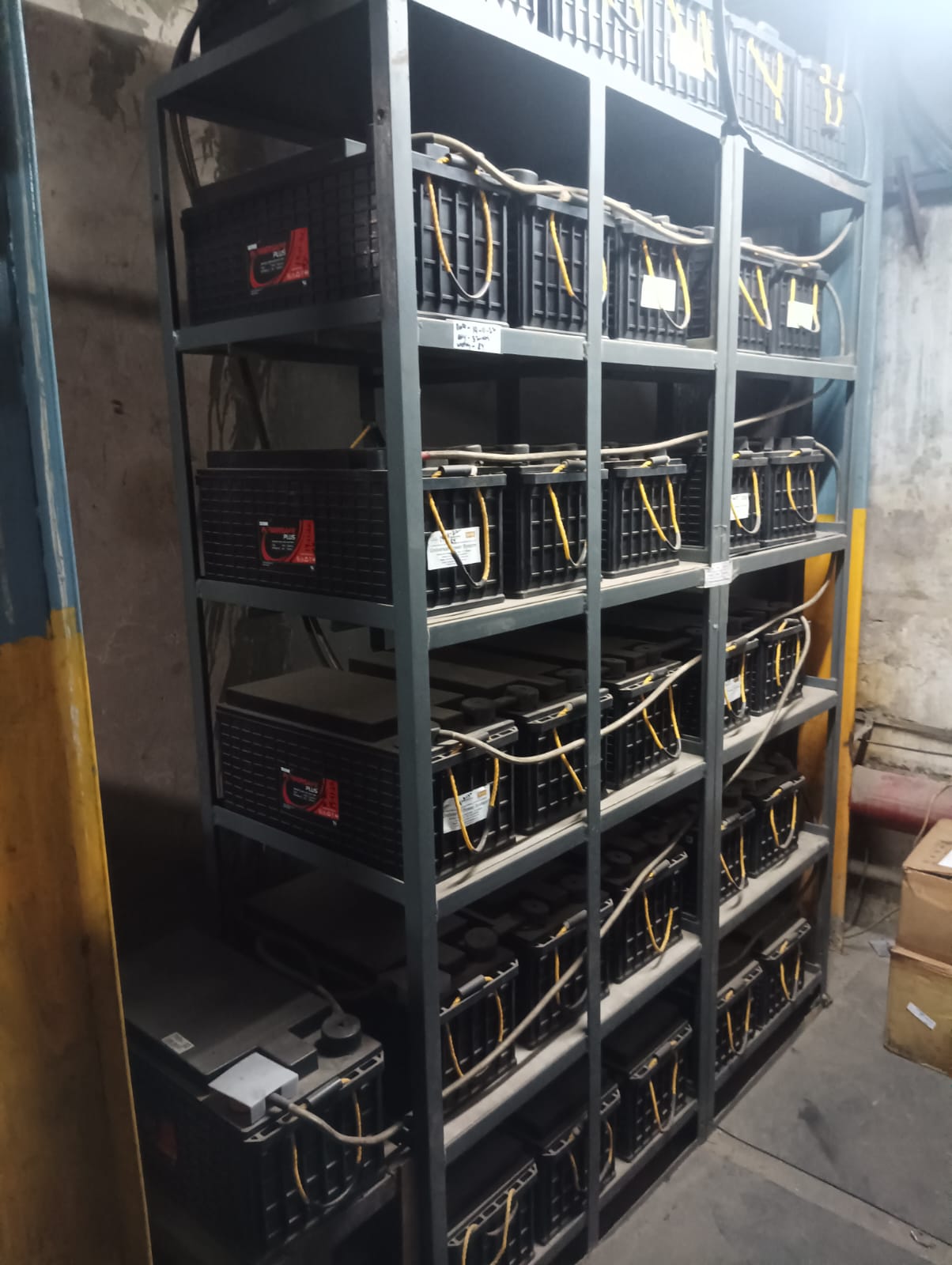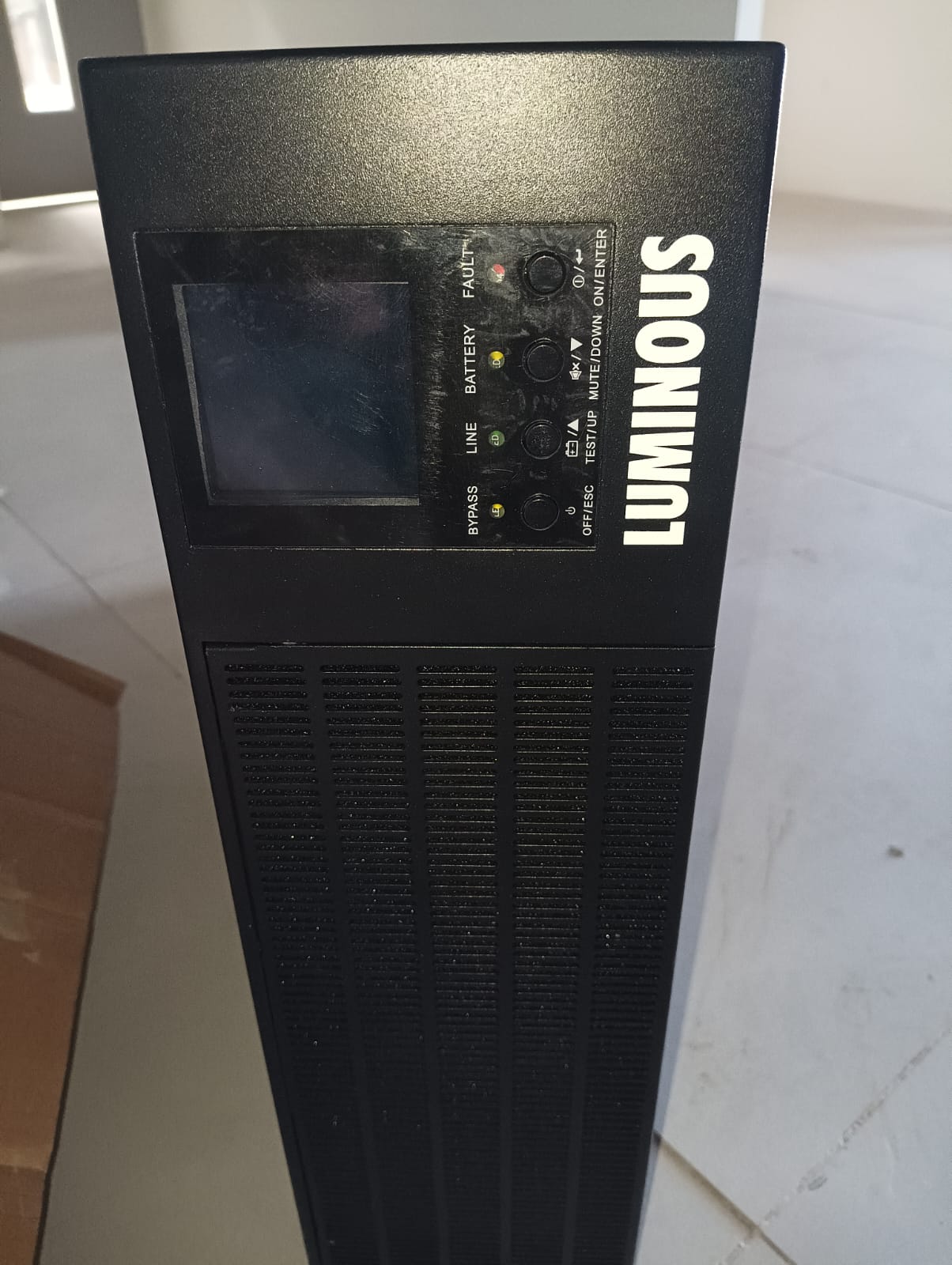The VERTIV Liebert ITON CX 1000VA UPS is a line-interactive uninterruptible power supply designed for home and small office use. Below are the details regarding its unboxing and quick testing. Unboxing Details Packaging: The UPS comes securely packaged to prevent damage during transit. Ensure to check for any visible signs of damage upon receipt. Included Items: VERTIV Liebert ITON CX 1000VA UPS unit User manual and installation guide Power cord with UK outlet Warranty card Initial Inspection: Check the UPS for any physical damage. Verify that all components are included as per the manual. Quick Test Procedure Setup: Place the UPS in a well-ventilated area. Connect the power cord to the UPS and plug it into a wall outlet. Power On: Press the power button to turn on the UPS. Observe the LED indicators: Green Light: Indicates AC mode (normal operation). Red Light: Indicates a fault condition. Battery Mode Test: To test the battery mode, disconnect the UPS from the wall outlet. Ensure that the UPS switches to battery mode automatically. Check the runtime by connecting a load (e.g., a computer) and monitor how long the UPS can sustain power. Load Testing: Connect a load that draws approximately 120W (e.g., a standard desktop computer). Monitor the backup time, which should be around 30 minutes under this load. Recharge Time: After the test, reconnect the UPS to the wall outlet. Note that the typical recharge time is 6-8 hours to reach 90% capacity. Key Specifications Power Capacity: 1000 VA / 600 Watts Input Voltage: 220/230 VAC Output Waveform: Simulated Sine Wave Transfer Time: 2-6 ms Battery Type: 12 V / 7 Ah x 2 Typical Backup Time: 30 minutes at 120W load Dimensions: 369 x 141 x 160 mm Weight: 10 kg Conclusion The VERTIV Liebert ITON CX 1000VA UPS is a reliable solution for power protection in small setups. The unboxing and quick test confirm its functionality and performance, making it a suitable choice for users needing uninterrupted power supply for their electronic devices. Always refer to the user manual for detailed instructions and safety precautions.
Send Message







